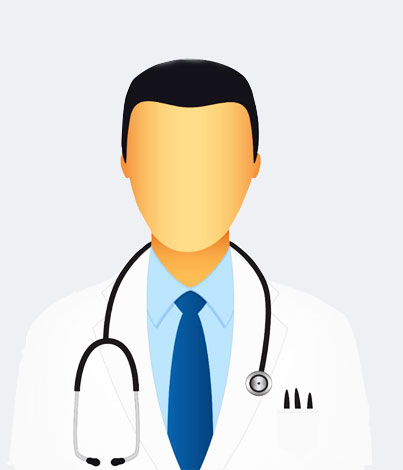Vagal Stimulation
Vagal Stimulation (VNS), offered at our Medical Clinic in Portland, OR, is a form of neuromodulation—a treatment that alters nerve activity to influence brain function and improve health outcomes. VNS involves implanting a small device that sends regular, mild pulses of electrical energy to the vagus nerve located in your neck. This device, often referred to as a "pacemaker for the brain," delivers electrical impulses to the brainstem via the vagus nerve. From the brainstem, these impulses are transmitted to various areas of the brain, modulating neural activity and potentially alleviating symptoms of certain medical conditions.
Understanding the Vagus Nerve in Portland, Oregon
The vagus nerve is one of the twelve cranial nerves and is the longest of these nerves. It starts at the brainstem and extends through the neck, chest, and abdomen. The vagus nerve plays a critical role in the autonomic nervous system, which controls involuntary bodily functions. It is involved in a wide range of physiological processes, including:
- Heart Rate Regulation: Helps control heart rate and blood pressure.
- Respiratory Rate: Affects breathing patterns and lung function.
- Digestive Function: Influences digestion and gut motility.
- Immune Response: Modulates inflammatory responses and immune system activity.
Given its extensive role in regulating bodily functions, stimulating the vagus nerve can have broad effects on overall health and well-being.


How Does Vagal Stimulation in Portland, Oregon Work?
Vagal Stimulation works similarly to a pacemaker for the heart. The implanted device sends electrical pulses to the vagus nerve, which then transmits these signals to the brain. These electrical impulses alter the activity of brain cells, influencing neurotransmitter release and neural circuit function. This modulation can help in managing conditions that have been resistant to other treatments.
The procedure to implant the VNS device is minimally invasive and involves placing a small pulse generator under the skin of the chest and connecting it to the vagus nerve via a wire. The device is programmable and can be adjusted to deliver pulses at varying frequencies and intensities, tailored to the patient's specific needs.
Conditions Treated by Vagal Stimulation in Portland, Oregon
Vagal Stimulation has been approved by the U.S. Food and Drug Administration (FDA) for several medical conditions, particularly for those where traditional treatments have proven ineffective.
Conclusion
If you are struggling with epilepsy, depression, or stroke-related motor deficits and have not found success with traditional treatments, Vagal Stimulation Therapy at Upgrade PDX may offer a promising solution. Contact us today to schedule your consultation and learn more about how VNS can enhance your health and well-being.
How does Hyperbaric Oxygen Therapy (HBOT) help with pain and inflammation?
HBOT helps by delivering pure oxygen under pressure, which binds to the plasma in your blood. This allows oxygen to reach areas with limited blood flow, promoting the growth of new blood vessels and reducing inflammation. This process not only alleviates pain but also accelerates the healing of tissues affected by inflammation.
Can Hyperbaric Oxygen Therapy improve cognitive function?
Yes, Hyperbaric Oxygen Therapy has shown significant benefits in enhancing cognitive function. Studies and case reports have demonstrated its effectiveness in improving brain function, especially for individuals recovering from traumatic brain injury (TBI) or those with conditions like autism. The increased oxygen levels stimulate brain activity and support cognitive recovery.
To find out more about the healthcare services we offer at Upgrade PDX, Portland, Oregon, call (971) 299-8530 or schedule an online consultation. You can also visit us at 1210 NW Johnson St., Portland, OR 97209.
Please note that the information provided in this article is for informational purposes only and is not intended as a substitute for professional medical advice, diagnosis, or treatment. Always seek the advice of your physician or other qualified healthcare provider with any questions you may have regarding a medical condition or treatment.
Location
1210 NW Johnson St.,
Portland, OR 97209
Office Hours
MON10:00 am - 8:00 pm
TUE6:00 am - 5:00 pm
WED10:00 am - 8:00 pm
THUClosed
FRI6:00 am - 2:00 pm
SAT8:00 am - 2:00 pm
SUNClosed




